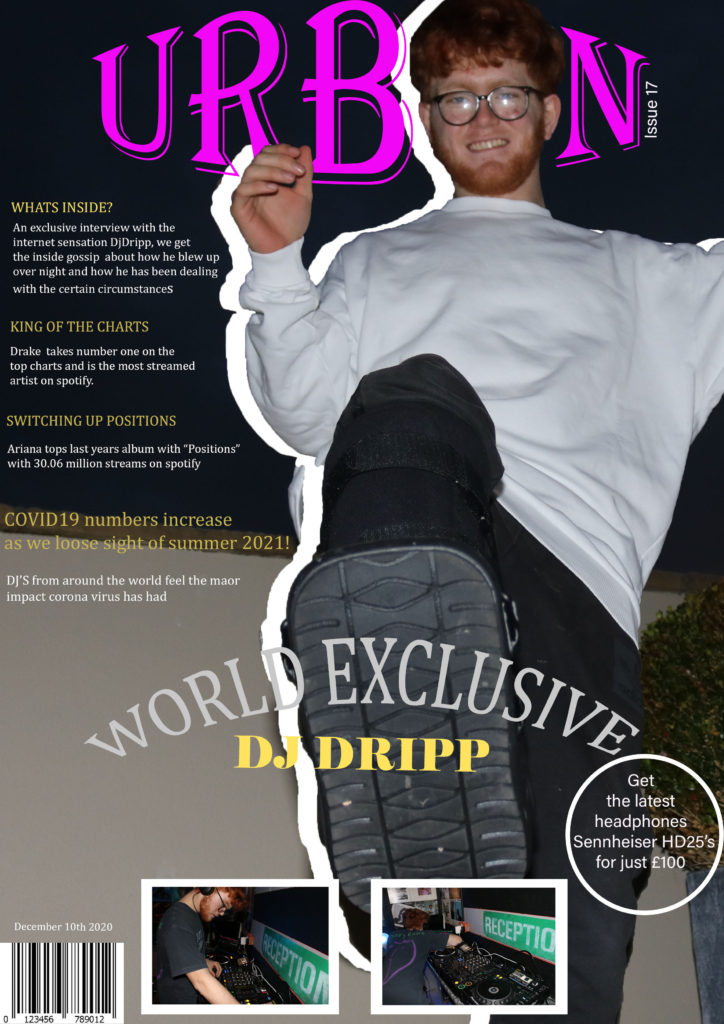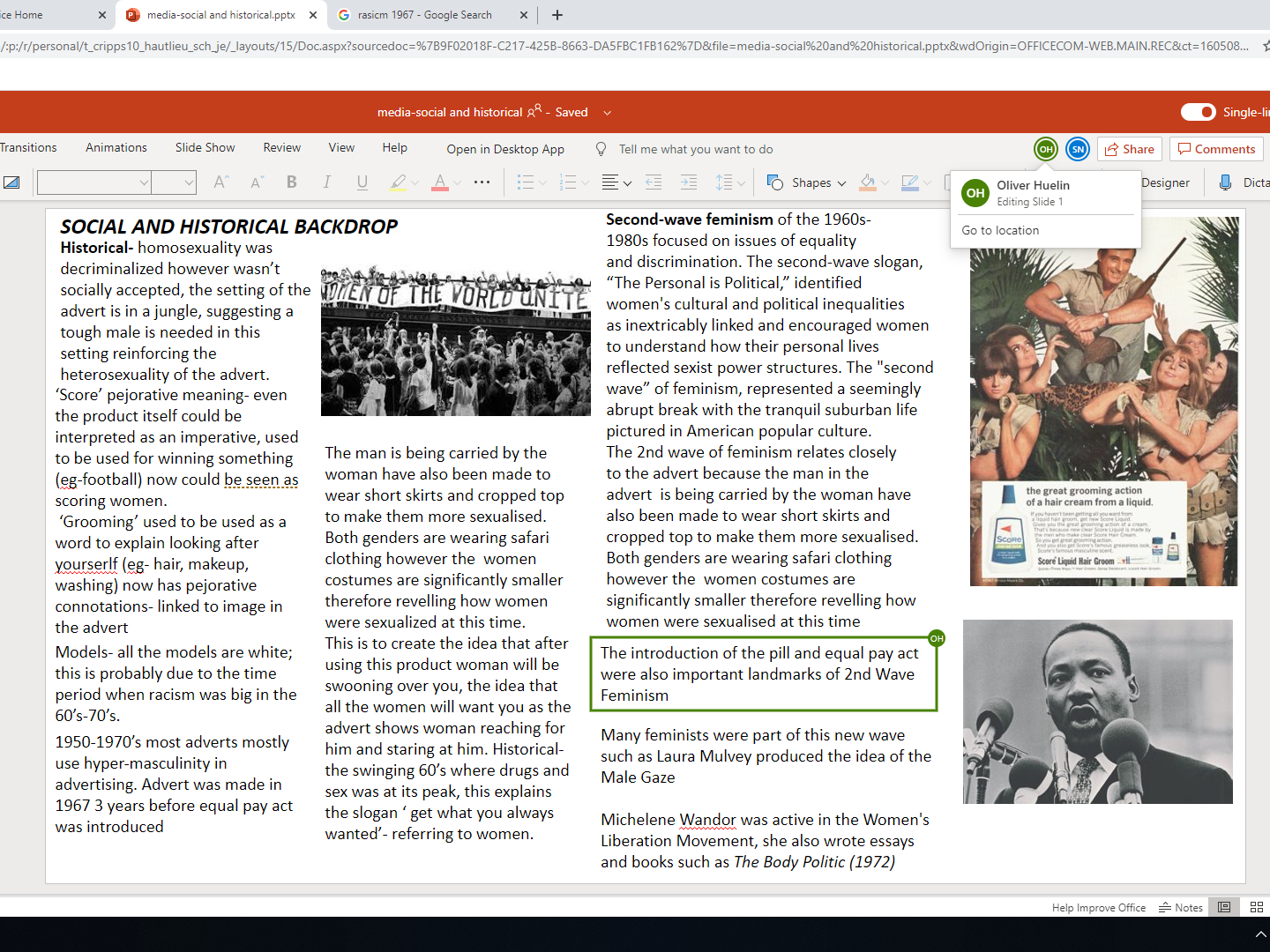Baudrillard- theory of simulation and hyper reality.
Indicative content
This question assesses knowledge and understanding of the theoretical framework of representation and language particularly focusing on (though not limited to):
• the codes and conventions of media forms and products, including the processes through which media language develops as genre
• the dynamic and historically relative nature of genre
• the processes through which meanings are established through intertextuality. Responses are required to evaluate the validity of Baudrillard’s ideas about simulation and hyperreality in addressing uses of media language which are both historical and contemporary.
They should refer to the new media CSPs to support their points.
Responses in the higher bands will clearly engage with the evaluation of the validity of the ideas and will support their points with effective reference to the CSPs.
Various conclusions are acceptable, provided they are substantiated through reference to the set products.
This is an extended response question. In order to achieve the highest marks, a response must construct and develop a sustained line of reasoning, which is coherent, relevant, substantiated and logically structured.
Baudrillard’s ideas included in the question are Simulation and Hyperreality. However, these are post-modernist notions so there is also scope for:
• Simulacra
• Pastiche
• Bricolage
• Intertextuality
• Implosion.
The debate here is about the ‘realities’ offered by the two texts and the difference between ‘representation’ and ‘simulation’, and between ‘reality and ‘hyperreality’.
Simulation is non-referential: a real without origin or reality: a hyperreal’.
A useful question is ‘what exactly is being signified here?’
It is evident in both texts where what is ‘simulated’ is a series of characters (both fictional and ‘real life’) engaged in the ‘routines’ of consumerism. As our lives are increasingly taken up with mediated experience, we make little distinction between the direct reality that we experience first-hand and the simulated experience offered by media.
Finally, we may get to the stage where the difference between reality and mediated experience hasn’t just got blurred, the ‘image’ part has got the upper hand, mediated signs become ‘more real than reality itself’; this is hyper reality
Possible essay structure
- Establish your knowledge of Postmodernism / Baudrillard
- Establish your knowledge of ‘simulation’ and ‘hyper reality’
- Apply these concepts to 2 of your case studies
- Make some assertions about the impact of new media in terms of society and the individual
- Conclude
Camille Paglia, the feminist writer and critic, said:
“Postmodernism is just shopping” What she meant by this was that we now live in a world where we have access to a massive variety of different ideas, styles, beliefs, fashions, and we have the choice to pick and choose, mix and match them
postmodernism is the Attention to play of surfaces, images, things mean what we make them mean, no concern for “depth” but with how things look and respond.
Hyper-reality, image saturation, simulacra seem more powerful than the “real”; images and texts with no prior “original”.
“As seen on TV” and “as seen on MTV” are more powerful than unmediated experience.
Jean Lyotard has the theory of meta-narratives, this idea of legitimation from historical meaning. Thinks that no one seemed to agree on ‘reality’ what was true.
pastiche- teen vogue website is something seen before, like a reference to a newspaper. this theorist is called Fredric Jameson
postmodernisn is very surface style, intertexualty. Culture focused on play for example sims freeplay. Can build ting but cannoy physically connect with. Most often visuals than physical.
Teen vogue has a large photo for each story as it attracts more due to visuals. Very fragmented and decentralized. It doesn’t have much meaning , no master idea just little satellites rather than kernels.
There is a lack of underpinning knowledge or idea, there is an emphasis on surface over style.
does new media/technology have a social impact on the world or is it just something to pass time and enjoy? Is there any depth in this compared to other cultural ideas.
Slavoj’s theory relates to this, about the kinder egg. Surface is so much better than the actual thing inside and the meaning. A rubbish toy inside of the ‘amazing’ chocolate on the outside.
Music videos were first used for middle class white people, what is seen on the surface may not be ‘ real’
Zubof- we think we are consuming stuff when playing games (example sims freeplay) however there is more behind it.
Population grew in the 20th century- 7/8 billion people in 2021, a massive rise in ‘things’ therefore there is more consumption. There is a wider range to choose from and this can be related to a feminist called Camille Paglia.^^
Coca cola advert- the first drink is cold refreshing and lush however you want more but its never really as good as the first.
This idea that postmodernism is linked to consumerism.
Consumerism is a social and economic order that encourages the acquisition of goods and services in ever-increasing amounts. With the industrial revolution, but particularly in the 20th century, mass production led to overproduction—the supply of goods would grow beyond consumer demand, and so manufacturers turned to planned obsolescence and advertising to manipulate consumer spending.
Postmodernism is more individual and alienated, we now consume alone rather than together. We are now fragmented from each other. For example teen vogue and sims free-play are now consumed alone on a mobile phone or computer or ipad. Stories are read alone and games are single player.
There is a simulation of society that is more real than reality- for example only a televised version took place for the gulf war not the true event.
Strinati relates events in real time to a mass society, or the conception of the media as a ‘window on the world’ (




